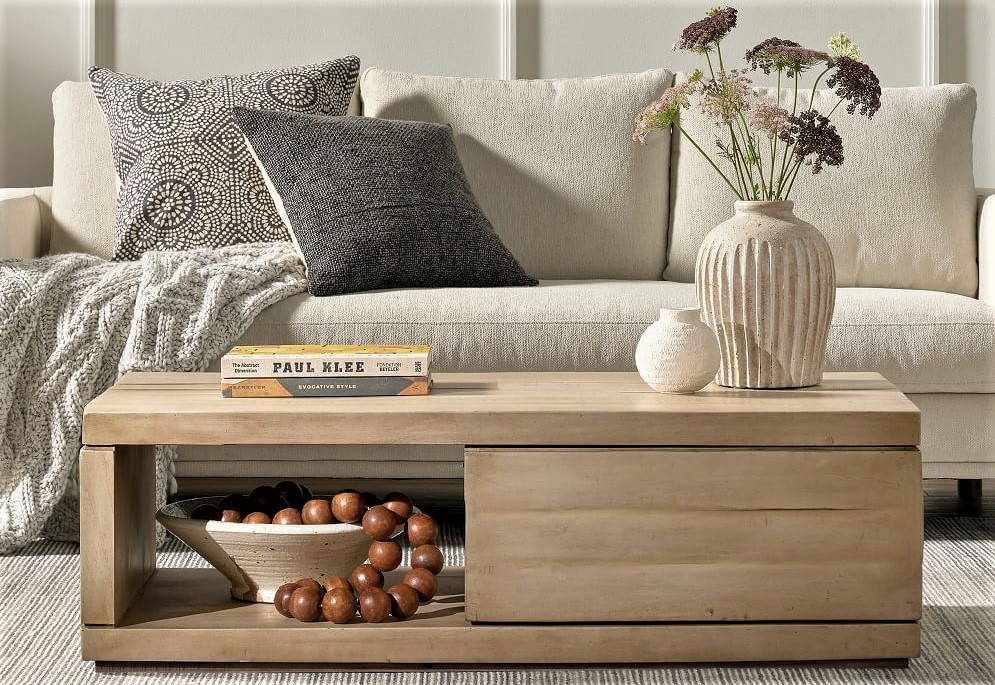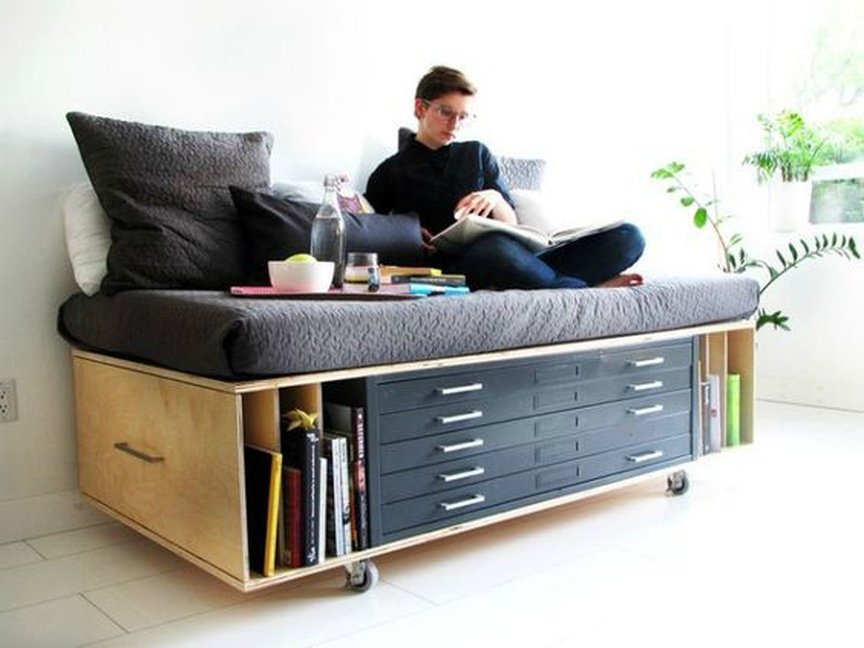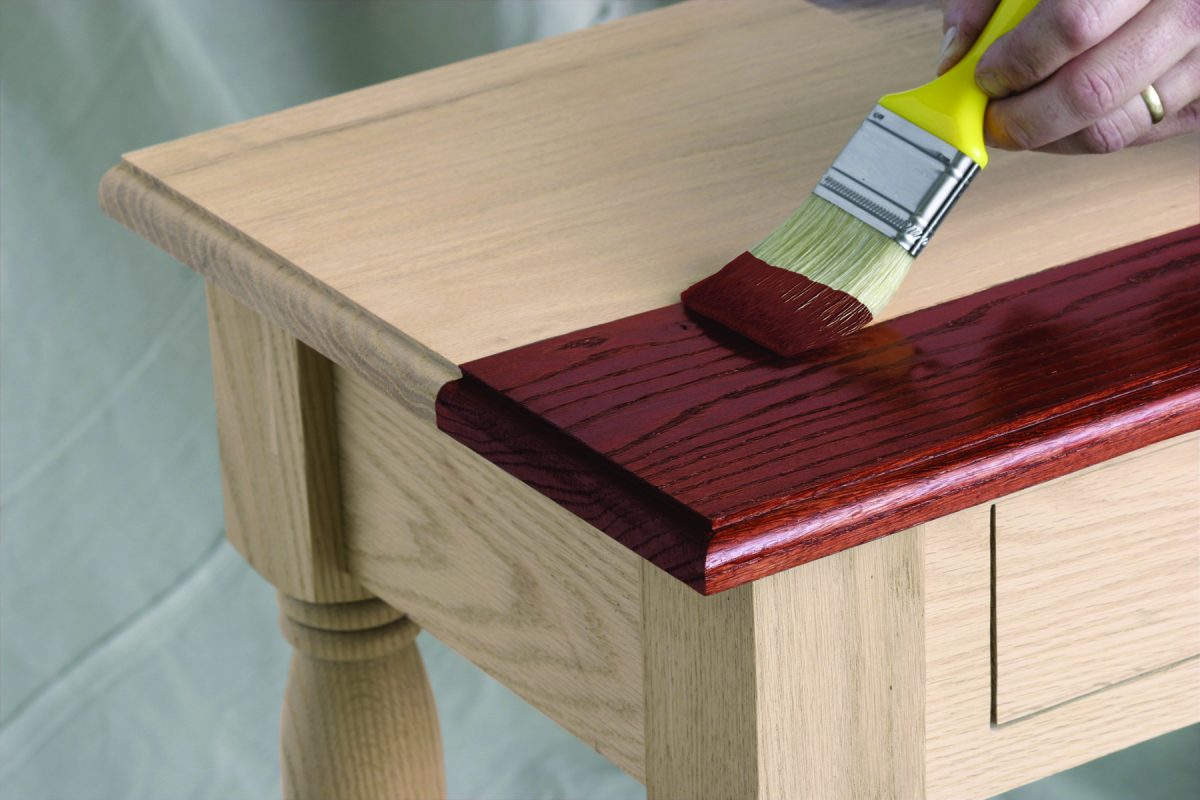Transforming a living space into a vibrant oasis can be achieved through thoughtful incorporation of botanical elements. The use of innovative structures designed to support plant life not only enhances aesthetics but also contributes to a calming atmosphere. Such additions create an intriguing focal point while allowing for the seamless integration of nature within the confines of any area.
Choosing the right arrangement for these botanical holders can influence how one interacts with their environment. By selecting unique shapes, materials, and designs, individuals can cultivate a setting that reflects their personal tastes. These carefully curated features serve as both decorative objects and practical solutions for nurturing flora, making a lasting impression on guests.
Modern approaches to cultivating greenery indoors encourage creativity and versatility. They inspire enthusiasts to explore various arrangements that cater to different spaces, from cozy corners to expansive open areas. The perfect mixture of form and function offers an exceptional opportunity to breathe life into living quarters, fostering a deeper connection with the natural world.
Choosing the Perfect Planter Box Style
When creating a lush indoor haven, the selection of containers plays a significant role. The right design not only complements your decor but also enhances the growth environment for your beloved plants. Various styles cater to different aesthetics and practical considerations, making it essential to find the perfect match for your space.
Consider Your Space
Before making a decision, evaluate the area where you plan to display your greenery. Consider the following:
-
Available Light: Assess the natural sunlight in the area. Some plants thrive in bright light, while others prefer shadowy spots.
-
Size of the Area: Ensure the chosen containers fit comfortably without overcrowding the space.
-
Surface Material: Check if the surface can handle moisture and weight without damage.
Match Your Aesthetic
Your choices should reflect your personal style and the overall decor of your living space. Here are some ideas to consider:
-
Minimalist Designs: Clean lines and neutral colors are perfect for modern settings.
-
Rustic Appeal: Wooden options bring warmth and charm, ideal for a cozy feel.
-
Bold Colors: Bright, vibrant containers can serve as statement pieces in a contemporary environment.
-
Textured Surfaces: Consider ceramic or terracotta for added depth and interest.
By carefully considering these factors, you can choose the most suitable container style that harmonizes with your space while nurturing your green companions.
Creative Ways to Display Indoor Plants
Transforming living spaces with greenery can bring life and beauty to any environment. Utilizing innovative methods for showcasing greenery not only enhances aesthetics but also offers an opportunity to express personal style. From unique placements to inventive holders, there are countless ways to highlight the natural charm of plants in various settings.
Utilizing Vertical Space
One effective approach is to make use of vertical space. Hanging planters or wall-mounted shelves can create an eye-catching display while saving valuable floor area. Consider arranging an assortment of pots at different heights to form a lively green wall. This method not only draws the eye upwards but also adds depth to the room.
Incorporating Natural Materials
Integrating organic elements into plant displays can enhance the overall theme. Use wooden crates, terracotta pots, or stone pedestals to introduce a rustic feel. Alternatively, glass vessels can create a modern, airy aesthetic, allowing the beauty of the roots and soil to be visible. Experimenting with various textures and materials can significantly enhance the plant’s visual impact.
Materials to Consider for Planter Boxes
Choosing the right resources for your growing containers can significantly impact both the aesthetic appeal and longevity of your green space. Various elements are available, each offering unique benefits and challenges. Understanding these options will help you create a thriving environment for your plants while complementing the overall decor.
Natural Options
Natural materials, such as wood, are often preferred for their organic appearance. Cedar and redwood are popular choices due to their resistance to moisture and decay. Additionally, they provide a rustic charm that blends seamlessly with various styles. However, regular maintenance is essential to prevent weathering and prolong their usability.
Durable Alternatives
Metal and composite materials bring longevity and modernity to your planting solutions. Metals like galvanized steel offer a contemporary edge while ensuring durability against the elements. Meanwhile, composites, made from recycled materials, combine the appearance of wood with enhanced resilience. These alternatives minimize the risk of deterioration while providing a sleek finish that appeals to a wide audience.
Benefits of Planters for Indoor Spaces
Incorporating greenery into living environments offers numerous advantages that enhance both aesthetics and wellbeing. Various types of containers designed for plants serve as a bridge between nature and interior settings, fostering a connection that can uplift spaces and improve quality of life.
One of the primary advantages is the significant boost to air quality. Plants naturally filter toxins and release oxygen, leading to a healthier atmosphere within enclosed areas. Additionally, certain varieties of flora can help to reduce humidity levels, promoting a more comfortable environment.
Moreover, the visual appeal of vibrant plants can create a calming atmosphere, reducing stress and enhancing creativity. Greenery can break the monotony of interior design while introducing a sense of tranquility. Furthermore, having plants close by can enhance emotional well-being, making these additions valuable for various living or working spaces.
|
Benefits |
Description |
|---|---|
|
Improved Air Quality |
Plants remove harmful pollutants and elevate oxygen levels in closed environments. |
|
Stress Reduction |
Greenery has been shown to decrease anxiety and boost mood, fostering relaxation. |
|
Aesthetic Appeal |
Flora adds beauty and life to spaces, enhancing overall interior design. |
|
Increased Humidity Control |
Certain plants can help maintain optimal moisture levels, creating a more pleasing atmosphere. |
|
Encouragement of Creativity |
The presence of natural elements has been linked to enhanced cognitive function and innovative thinking. |
Designing a Cohesive Indoor Garden
Creating a unified organic space within your residence can transform any area into a serene retreat. The key lies in harmonizing various elements, ensuring that each component complements the others. By carefully selecting plants, containers, and accessories, you can craft an inviting atmosphere that resonates with tranquility and beauty.
Selecting the Right Plants
When choosing vegetation, consider the overall aesthetic you wish to achieve. Opt for a blend of sizes, colors, and textures to establish visual interest. Grouping plants with similar care requirements can simplify maintenance while enhancing their collective appeal. Utilize foliage with diverse shades and forms to create a rich tapestry that draws the eye and stimulates the senses.
The vessels you use play a crucial role in reinforcing the desired vibe. Select materials and colors that align with your vision, whether it be minimalist, rustic, or contemporary. Emphasize consistency through a common theme, such as using terracotta pots for a natural feel or sleek metal for a modern touch. By considering proportions and heights, you can achieve an engaging arrangement that invites exploration.
Tips for Maintaining Your Planter Boxes
Proper care is essential for ensuring the longevity and attractiveness of your green arrangements. Regular attention will not only keep them looking fresh but also promote the health of the plants residing within. Here are some practical suggestions to enhance their upkeep.
Firstly, ensure that each container has adequate drainage. This prevents water from accumulating, which can lead to root rot. Check the openings at the bottom periodically to ensure they are not blocked with soil or debris.
Secondly, routine cleaning is vital. Wipe down the exterior of your containers to remove dust and grime that can accumulate over time. Use a mild soap solution and a soft cloth to avoid damaging the surface.
Next, evaluate soil conditions regularly. Replenish nutrients as needed by adding organic fertilizers, which will provide your flora with essential elements for growth. Consider repotting plants every few years to refresh the soil and encourage healthier development.
Additionally, monitor for pests. Early detection is key; inspect leaves and stems for any signs of infestation. If you notice unwanted visitors, take appropriate measures to address the issue promptly.
Finally, position your arrangements thoughtfully, considering the light requirements of each plant. Rotate their positions occasionally to ensure all sides receive adequate sunlight, promoting uniform growth and vibrancy.
Q&A: Home furniture planter box
What are the benefits of using planter boxes for indoor gardening?
Planter boxes offer several advantages for indoor gardening. Firstly, they provide a designated space for plants, which helps keep your indoor environment organized and attractive. Secondly, planter boxes can be customized to fit any decor style, making them a stylish addition to your home. Additionally, they allow for better drainage and soil management compared to traditional pots, which can lead to healthier plants. Finally, planter boxes can be elevated, reducing the strain on your back while gardening and allowing for easier access to your plants.
How can I choose the right planter box for my indoor garden?
Selecting the perfect planter box involves several factors. Firstly, consider the size of the space where you plan to place the box; make sure it fits comfortably in your indoor area. Next, think about the types of plants you want to grow, as different plants have varying space and depth requirements. Material is also important; wood, metal, and plastic each have their benefits and aesthetic qualities. Finally, decide if you want a self-watering option, which can simplify maintenance. Assessing these factors will help you find a planter box that suits both your practical needs and style preferences.
Can I use planter boxes to grow edible plants indoors?
Absolutely! Using planter boxes to grow edible plants indoors is a fantastic idea. Many herbs, vegetables, and even small fruit plants thrive in containers as long as they have sufficient light and appropriate soil conditions. Opt for smaller varieties of plants suited for limited space for best results. Consider placing your planter boxes near windows with bright sunlight or supplementing with grow lights to ensure your edible plants receive adequate light. With proper care and maintenance, you can enjoy fresh herbs and vegetables right from your indoor garden!
Are there any specific maintenance tips for indoor planter boxes?
Maintaining indoor planter boxes requires some attention but is manageable with a few key practices. Regularly check the soil moisture; overwatering can lead to root rot, while underwatering can stress your plants. It’s a good idea to use pots with drainage holes to help manage moisture levels. Additionally, use a high-quality potting mix suited for your plants and consider adding organic fertilizers for nutrient support. Regularly prune and deadhead your plants to encourage growth and remove any diseased foliage. Finally, be mindful of pests; check your plants regularly and take action if you spot any infestations. Following these maintenance tips will help keep your indoor garden thriving.
What are the benefits of using a teak bench in your outdoor patio space?
A teak bench is a great addition to any outdoor patio space due to its durability and weather-resistant properties. Teak wood naturally withstands outdoor conditions, including UV exposure and rain, making it ideal for outdoor use. It also adds a touch of elegance and natural wood charm to your outdoor living décor.
How can a raised garden bed enhance your outdoor living area?
A raised garden bed is a functional and stylish way to grow your favorite plants or herbs in your outdoor space. It provides improved drainage for excess water, helps keep soil warm, and reduces the risk of pests. With easy DIY assembly, it is perfect for adding greenery to your porch or backyard.
What features should I look for in a wood planter box for outdoor use?
When choosing a wood planter box for outdoor use, look for weather-resistant materials like natural wood or faux wood, sturdy construction, and UV protection. A planter box with optional trellis can add functionality by supporting climbing vines, creating an elegant focal point in your patio or balcony space. Free shipping options are often available for convenient delivery.
How does a privacy screen contribute to the ambiance of an outdoor patio?
A privacy screen provides both functional privacy and aesthetic appeal to an outdoor patio. It can be constructed from weather-resistant materials like teak or wood and adds a sense of seclusion to your outdoor space. This creates a cozy ambiance for outdoor living, especially in smaller spaces like balconies or patios.
Why is it important to choose weather-resistant hardware for outdoor furniture?
Weather-resistant hardware is essential for outdoor furniture because it ensures durability and longevity. Outdoor conditions, such as rain and UV exposure, can cause rust or deterioration in non-weather-resistant materials. Using sturdy, weather-resistant hardware guarantees that your furniture can withstand the elements and remain functional and elegant in your outdoor décor.



